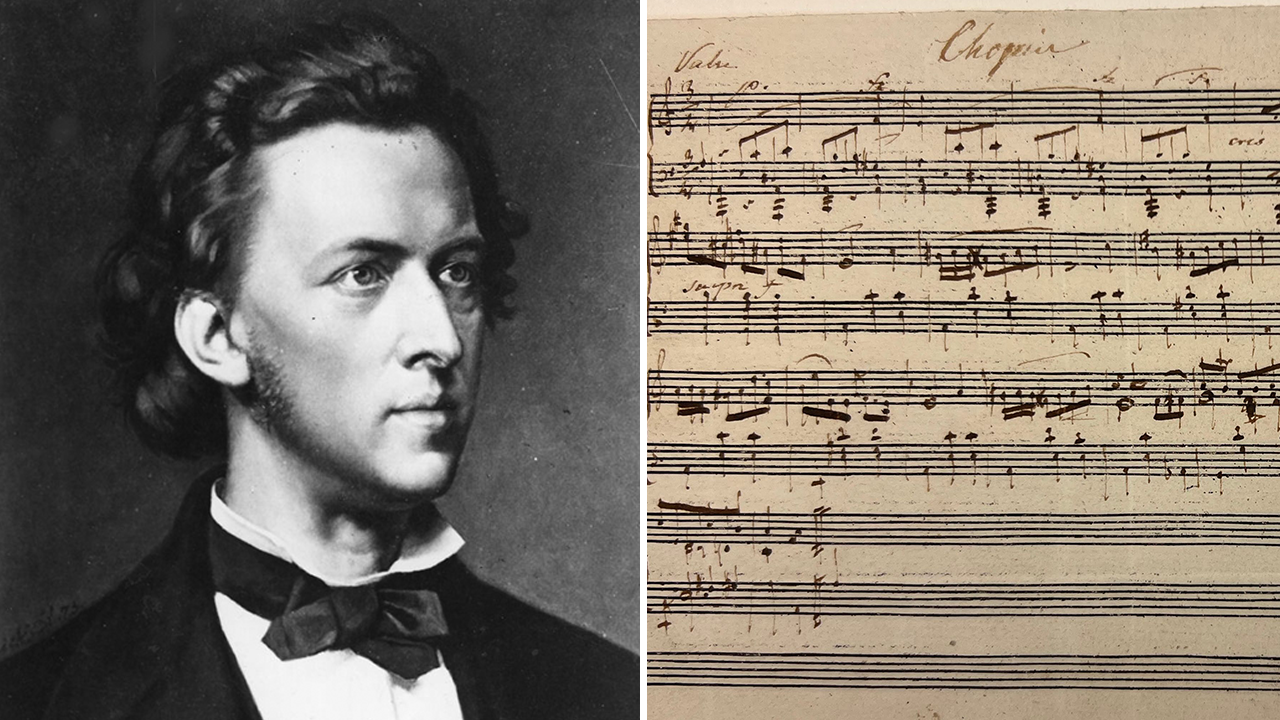A museum in New York has recently unearthed a rare sheet music manuscript for a waltz, which is believed to have been composed by the illustrious Polish pianist and composer, Frédéric Chopin. This remarkable find ignites excitement and curiosity in the world of classical music, offering a glimpse into the genius of a bygone era.
Measuring 4-to-5 inches, this piece is akin to other known manuscripts by Chopin and is thought to have originally been envisioned as a gift, as noted in the press release from the Morgan Library & Museum.
Chopin left this manuscript unsigned, an absence that may reflect his hesitations about the piece’s merit. Yet, he included performance annotations, such as fingerings and dynamics, suggesting a desire for it to be brought to life through performance, as explained by McClellan.
Experts dedicated to Chopin’s legacy, collaborating with the library’s curators, are heralding this manuscript as a significant discovery in classical piano music. It was revealed nearly 200 years after his passing and is believed to have been penned sometime between 1810 and 1849, the year of his death.
The start of the composition stands out: it opens with several brooding, dissonant measures that burst forth into a powerful crescendo, leading into a poignant melody. This introduction is unlike any of his known waltzes, adding layers of intrigue to the discovery.

Chopin is often recognized for crafting intimate pieces, yet this newly unearthed waltz runs approximately a minute long, slightly divergent from his usual style.
“This piece enriches our comprehension of Chopin as a composer and prompts vital questions about its timing and intended recipient,” shared McClellan in the announcement.
The Morgan Library & Museum houses over 350,000 items, including spectacular artworks, manuscripts, rare books, and drawings from various periods, making it a treasure of cultural heritage.

This extraordinary Chopin find will be preserved within the Morgan collection, with plans for visitors to engage with this piece directly. Such discoveries serve as beacons for enthusiasts and scholars, urging them to uncover the stories behind the notes and rhythms.
“This announcement is just the beginning,” McClellan emphasized. “We aspire for music lovers and scholars alike to analyze, interpret, and appreciate this beautiful waltz, creating a new chapter in the understanding of Chopin.”




































